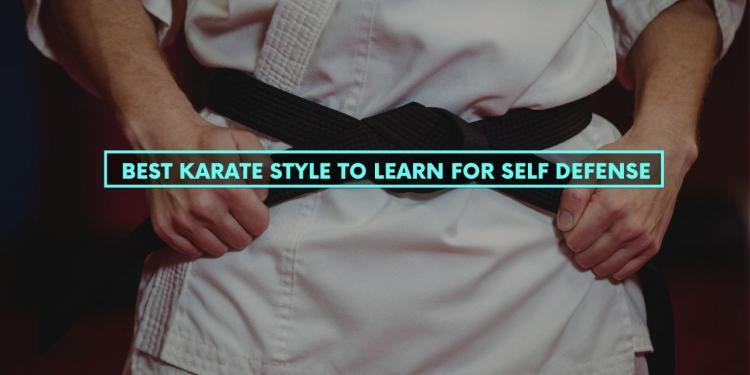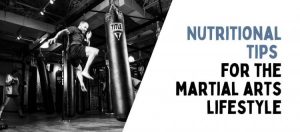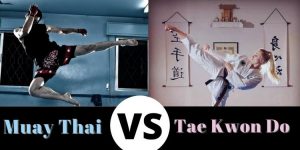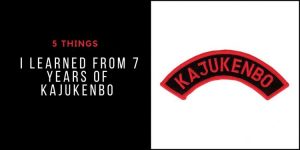Karate is a general term for a type of Japanese martial arts that predominantly use hands and legs. But within karate, there are many styles and offshoots. Some styles focus more on the art aspect of martial arts, while other styles train for pugilistic effectiveness. If you want to learn karate for self-defense, you want to find styles in the second category.
So what are the best styles to learn if for self-defense? Really, any of the full contact karate styles would be a good start. But if you really had to choose and rank them, the three most effective would be
- daidojuku (kudo)
- shidokan
- kyokushin
However, the first two styles are not widely taught outside of Japan. On the other hand, kyokushin can be found in many areas. In the article below, I will go over why these styles are best for self-defense.
Daidojuku
Daidojuku (or Kudo) karate is full contact style that isn't too popular outside of Japan yet. Kudo utilizes various techniques from other martial arts to employ a well-rounded martial art style. Like some other full contact styles, limited grappling is allowed in kudo tournaments. But unlike other full contact karate tournaments, punches to the face are always allowed. Because their tournaments allow for full contact to the head, they train with head strikes pretty much all the time. This is advantageous over other styles because students are constantly reminded to keep a high guard at all times. In tournaments, students also wear gloves and protective headgear to fight. The video below shows some highlights from kudo tournaments.
Some compare it to MMA, but with a gi. Although similar, there are distinct differences in how their competitors fight. In MMA competition, you will find varying levels of striking ability, even at the pro level. In kudo competition at the higher belts, the majority of the competitors are proficient in distance control and kicks. In the video below, you will see two kudo black belts sparring. As you can see, they are relaxed, proficient in kicking, and are good at distance control.

Shidokan
Shidokan karate is a fairly young style of karate with lineage stemming from kyokushin, judo, and muay thai. It is a karate style that employs grappling, knees, and elbows. However, bare hand striking is the norm in shidokan tournaments so many schools will train with bare hands the majority of the time. Bare hand striking means no punching to the face. However you will find some more modern shidokan schools allow their students to wear gloves and punch to the face during class. Here are a couple of videos of a shidokan sparring session with gloves and headgear.
Kyokushin
Kyokushin is probably the most well-known full contact karate style, thanks to well-known fighters like Georges St. Pierre and Uriah Hall attributing kyokushin to their MMA success. If you live in or near a big metropolitan area, chance are you will find at least one kyokushin school. There are three around where I live.
Kyokushin has a reputation of turning out really tough fighters. GSP famously said in a post-fight interview that he's been hit harder in kyokushin than in his fight. That's not a lie. Kyokushin training regimen includes a lot of body condition---and that means standing their and letting your partner kick and punch you repeatedly within shin guards or gloves on your leg or sternum. I remember not being able to walk straight for over a week after my first kyokushin class. Mind you, this is when I was still actively training MMA.
In addition to body conditioning, every kyokushin school makes hard sparring a regular occurrence. Of course the only drawback is the tournament ruleset says no punches to the face so the majority of the time, kyokushin sparring is done without punches to the face. Of course, some schools do allow it when you put on gloves to spar.
Kyokushin encourages meeting in the middle to trade shots so you will develop pain tolerance fast, but also learn really good punching and kicking techniques to inflict maximum carnage. And because much of the sparring is done without punches to the face, advanced kyokushin students have really sneaky head kicks that come out of nowhere.
Although I have fought in the cage and consider myself a trained fighter, I would have been knocked out by many of the black belts in the class had we gone full strength in our sparring sessions just by virtue of how many sneaky head kicks they were able to land against me.
Interested in seeing what a kyokushin sparring session is like? This video below is pretty much what you would expect in a kyokushin class.
So there you have it, the karate styles most effective for self defense. But as I said earlier, shidokan and kudo are not widely available outside of Japan. So the most effective karate style that is most accessible would be kyokushin.




